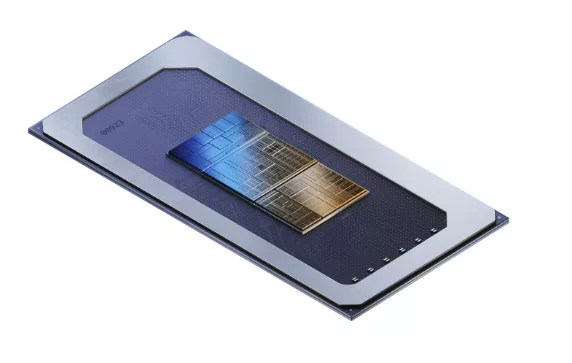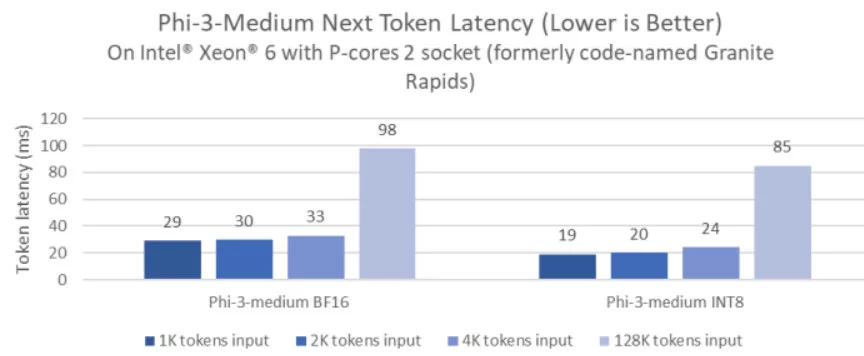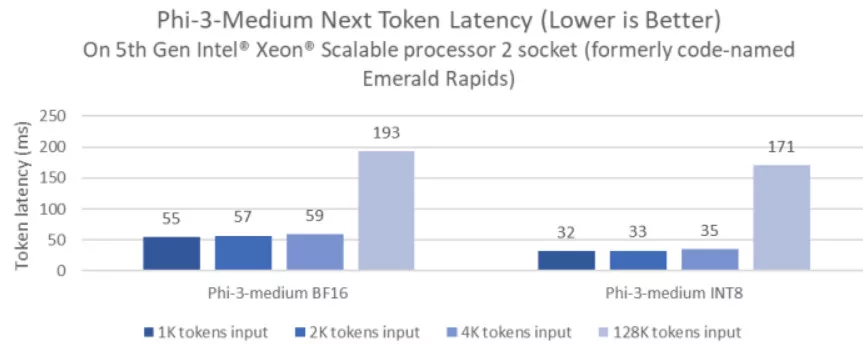In addition, Intel has just announced that it fully supports Microsoft’s Phi-3 AI models across its entire CPU and GPU product line. In order to understand the implication of this announcement, it helps to try and make sense of Microsoft’s “Phi-3 Family” open models. One might however still anticipate that merely shifting the paradigm from FLOPs to GenAIs does not automatically allow smaller, more efficient counterparts in opposition to everything else deemed normal within the industry. Phi-3 introduces Small Language Models (SLMs) made to work halfway on low-power, constrained processing devices.

More About Microsoft’s Phi-3 AI Model
Thankfully, Intel was among the first hardware vendors to have supported SLMs directly in their product stack. In other words, Intel has already optimized its Gaudi AI accelerators, Xeon + Core Ultra CPUs, and Arc GPUs to efficiently run the latest models offered by Microsoft on Phi-3.

Microsoft has released a number of GenAI models under the Phi-3 heading based on their parameters such as mini, small, and medium. All of the open models shown here have had their performance demonstrated by Intel. Taking, Phi-3 medium 4k and 128k versions then an Intel-based benchmark on its upcoming Granite Rapids CPUs (6th Gen Xeon) showing significant gains in performance up to greater than 2X versus their top-end Emerald Rapids generations (5th Gen Xeon).
Turning our attention to the Intel Core Ultra CPU platform, the company is hoping Phis-3 models will accelerate edge AI workloads — providing more personalized and responsive customer experiences. Testing was conducted on an Intel Phi-3 mini model with Core Ultra 7 165H CPU and Arc A770 discrete GPU, which further exhibited great performance and so token generation latencies.

Microsoft has also debuted its Phi-3 AI models for personal AI computing developments. With the performant powers of modern-day processors, running these models is expected to be fast and efficient. The collaboration between Intel and Microsoft is evidence of a new headless era enabling more powerful AI innovation, ready to work efficiently across virtually any application or device relation thoughtful performance — the two reasons for Neuromorphic Original.








